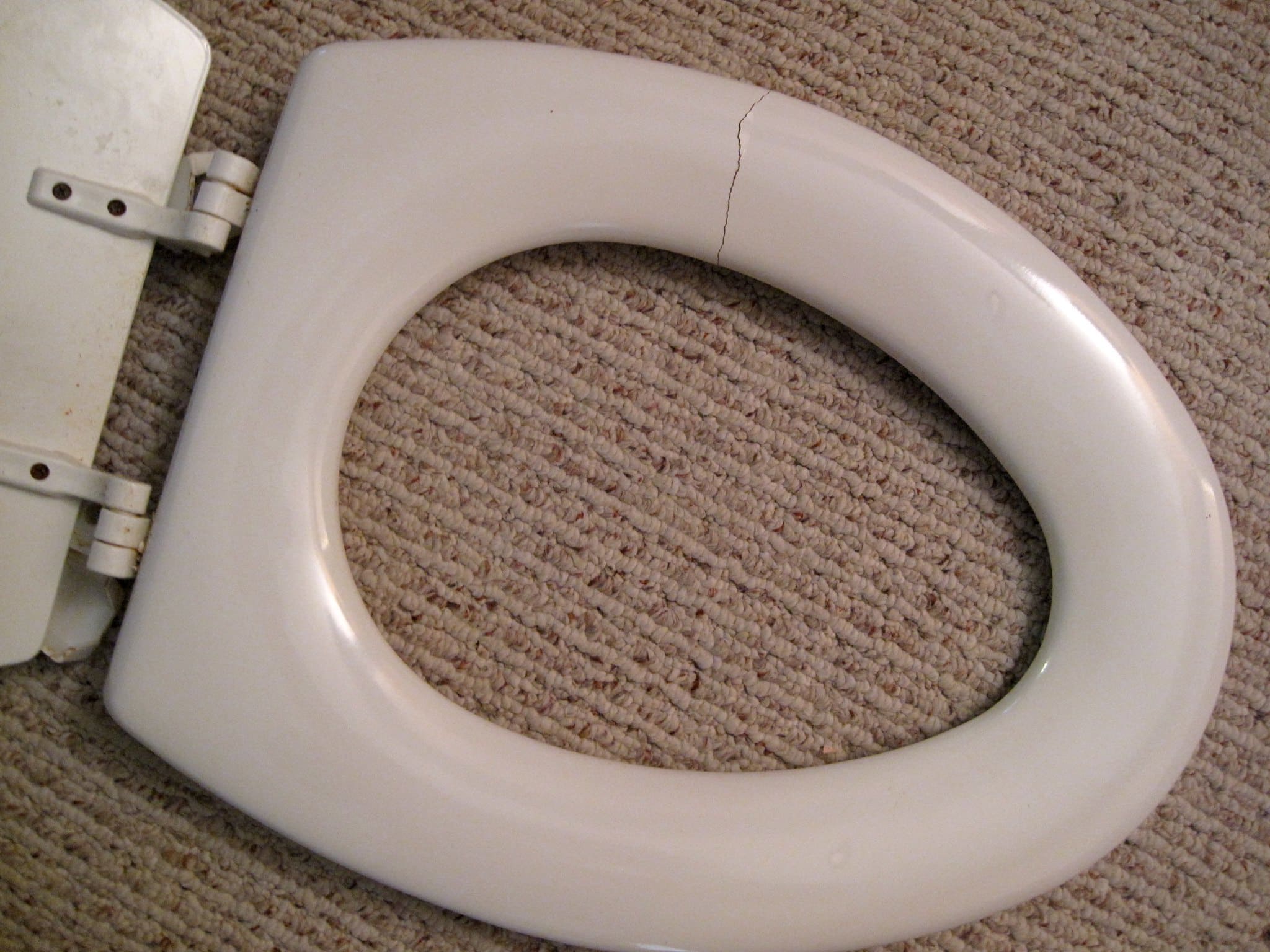Have you ever wondered why toilet seats usually crack in the front? Or why do they crack at all? There are many different reasons that a toilet seat can crack or break, and it can be not very clear to try to figure it out. We created our guide to help people understand toilet seat problems. We’re going to show what they are and how to fix them.
Causes of Cracking
Cracks in toilet seats are a common occurrence. This happens because of the constant pressure on the seat and its parts. It can also be caused by improper installation or use of the toilet seat. Here are some of the most common causes of cracks in toilet seats:
Brittle plastic.
Plastic seats are made from either polypropylene or polyethylene terephthalate (PET), which breaks down over time. Polypropylene is more durable than PET, but both materials eventually become brittle and crack over time as they break down into smaller pieces. The cracks usually start at the edge of the seat where it meets the floor flange, but sometimes they travel all across the seat itself before finally splitting into two pieces.
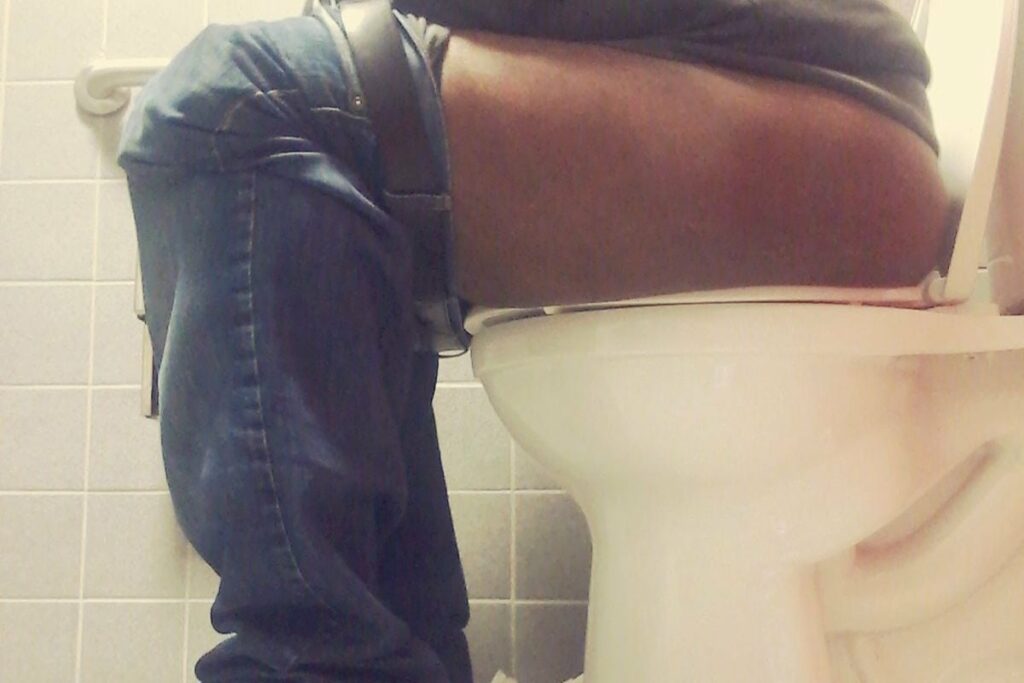
Excess weight.
The weight of an adult man can cause a crack in a toilet seat, but this is only temporary as long as he does not sit on the seat for long periods. If he does, then his weight will cause permanent damage to the seat because it cannot withstand such pressure for very long. Women tend to be lighter than men, so they do not usually cause any problems with the toilet seat unless they are pregnant or heavy-set, even when they are not pregnant.
Extreme exposure to sunlight.
The sun’s ultraviolet rays can break down the plastic in a toilet seat over time. If you live in an area that gets a lot of direct sunlight, it’s best to keep your toilet seat covered when not in use. This will help protect the plastic from breaking down in harsh conditions.
Temperature fluctuations.
In addition to exposure to sunlight, extreme temperatures can also lead to cracking of your toilet seat. The plastic used in manufacturing these products has a certain amount of flexibility to fit on different types of toilets without any problems. However, if temperatures get too high or too low, this flexibility may decrease, resulting in cracks forming on your seat over time.

If you live somewhere where you experience winters or summers, keep an eye out for any signs of cracking on your toilet seat because this could indicate that.
Extreme heat from flushing. When you flush your toilet, water rushes through pipes at high speeds. It heats up as it flows through them before returning to average temperature once it reaches its destination — usually somewhere far away! When water heats up rapidly like this, it expands.
Poor manufacturing.
Another possible cause of cracked toilet seats is poor manufacturing practices by the factory where it made your toilet. If this happened during production, then there’s nothing you can do except replace it with another model made by another company and hope that this one doesn’t break down as quickly as your last one did!

High pH Toilet Cleaner
Using harsh chemicals or bleach to clean your toilet seat can cause it to crack. Soap and water is all you need to keep your toilet seat clean and in good condition
Improper Cleaning
If you don’t clean your toilet seat properly, the accumulated dirt and germs may cause cracks. In addition, if you don’t use disinfectants or bleach to clean your bathroom, there are chances of growth of bacteria and fungus on the surface of the seat, which can result in cracking.
Improper Installation
If it’s beginning to crack, you may have installed your toilet seat incorrectly. A loose screw can cause the hinge on your toilet seat to bend or break off entirely over time, so make sure that your screws are tight and secure before sitting down on the lid!

Using Too Much Pressure on the Toilet Seat when Lifting Up
If you use the entire surface of your hand to lift the lid, you are putting too much pressure on the toilet seat hinge points and causing them to crack over time. Instead, use only one finger at a time when lifting the lid. If you have to use two fingers, use them together as one unit instead of pressing down on each finger separately.
How to Repair a Cracked Toilet Seat
Toilet seats are made of molded plastic and are designed to be durable. However, they can crack or break over time. The most common cause of cracks in toilet seats is dropping something heavy. This can also occur if someone sits down on the seat too hard and causes it to crack or break.
If you have a cracked toilet seat, you can quickly repair it by following these simple steps:
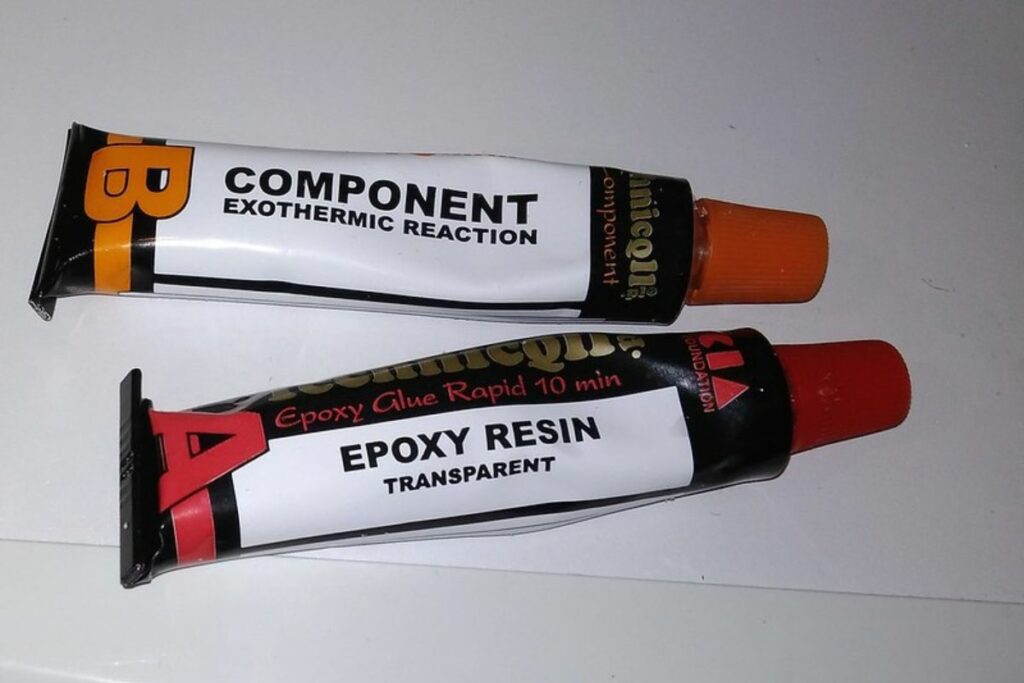
Use Epoxy Glue
Epoxy glue is another great way to fix a cracked toilet seat. However, like bonding putty, you must also apply epoxy glue carefully and precisely to work correctly. If you use too much epoxy glue on your toilet seat, it will run down the sides of your toilet bowl and create a mess around the floor drain area. Therefore, make sure that you only use enough epoxy glue to cover up the entire crack or chip on your toilet seat without running down into other areas of your bathroom (such as around the floor drain area).
Use Bonding Putty
Another option is bonding putty, available at most home improvement stores or hardware stores such as Lowe’s or Home Depot. Like glue, you can also use this type of putty to cover up small holes or chips on your toilet seat, so they don’t seem as noticeable anymore. However, it’s important to note that using a bonding putty will not permanently fix the cracks in your toilet seat. It will only help you hide them until you decide to replace the entire seat.
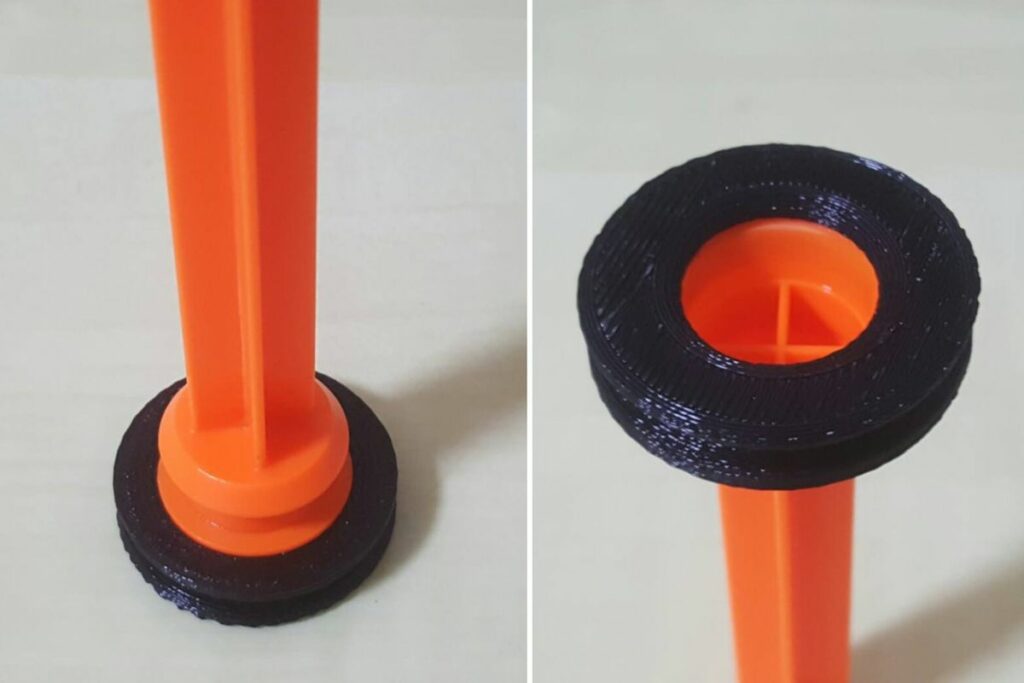
Replace the Plunger Rods
The plunger rod is the piece of plastic that connects the plastic toilet seat to the metal ring under it that holds it in place. If your toilet seat has cracked and your plunger rod is still intact, you can replace it with a new one. This will give your entire toilet seat a fresh look while also preventing further cracks from forming in other areas of your toilet seat.
Replace the Gaskets
If your plunger rod is broken or missing entirely, you will probably need to replace both parts at once — otherwise, you might end up with another crack in another area of your toilet seat as soon as you tighten down the new plunger rod. Replacing these two parts is also an easy task for most homeowners, who should be able to do it themselves without any trouble at all.
Add a Plastic Coating or Glaze to Protect It From Further Damage
If you want to keep the wooden toilet seat looking good for as long as possible, then you should consider adding a protective coating or glaze over it to keep it strong and prevent further damage from occurring over time. This will help prevent cracks from reappearing in future years and keep them from getting worse over time.
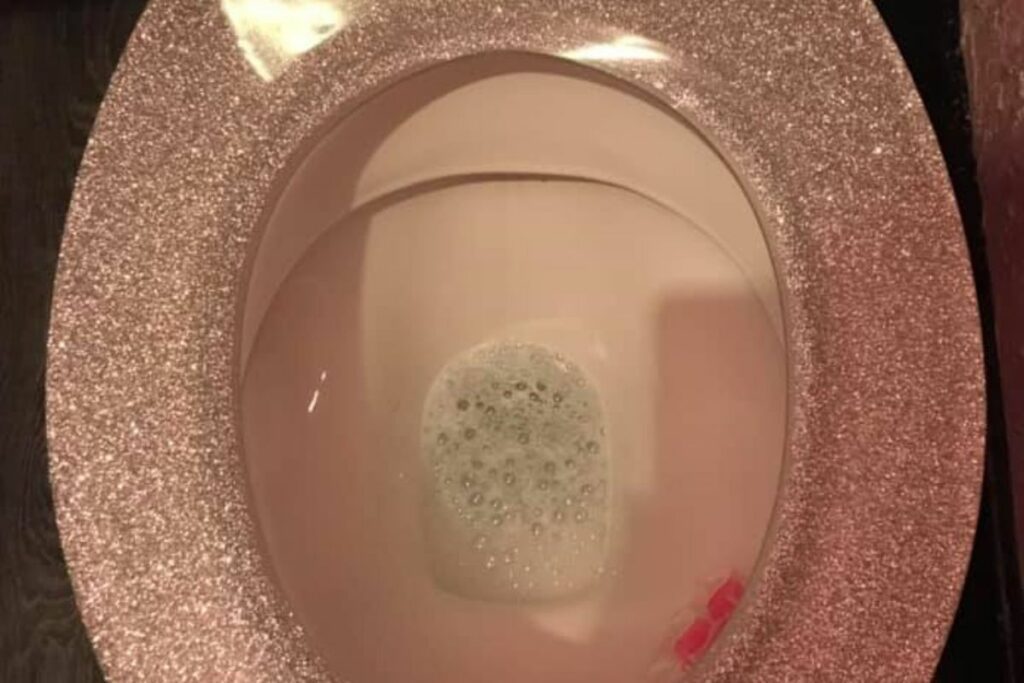
Place a Rubber Ring Around the Base
Another way of repairing cracks in toilet seats involves placing a rubber ring around its base so that water does not leak through and cause problems with mold growth underneath this area of your home’s plumbing system over time. The rubber ring can be found at any local hardware store and will fit over the seat snugly enough to stay in place when you sit on it again. You will have to replace this ring whenever it wears out or breaks as well, however.
Conclusion
Toilet seat cracking is a standard maintenance and upkeep issue in many homes worldwide. These cracks need to be addressed because they are unsightly and annoying no matter the time of year. Luckily though, there are ways to stop toilet seat cracks before they lead to more significant problems.

Amos Christen graduated with a bachelor’s degree in Interior Design from Drexel University — Philadelphia, PA. Since 2003, Amos has worked with top interior design professionals in this area, including architects and interior/graphic/lighting designers. As a skilled interior designer, Amos Christen is highly versed in fine arts and crafts and uses that to supplement his main area of expertise. He often publishes articles related to home décor on several websites, including Sprucetoilets.com, Sprucebathroom.com, and Mybesuitedhome.com. He also contributes to leading interior design magazines.
